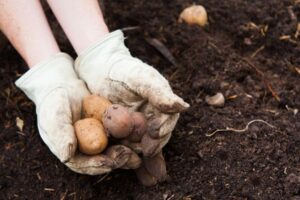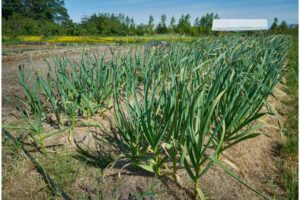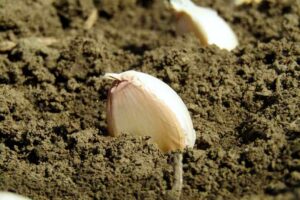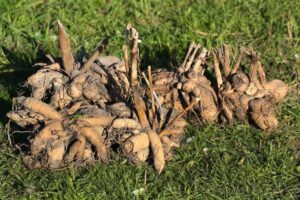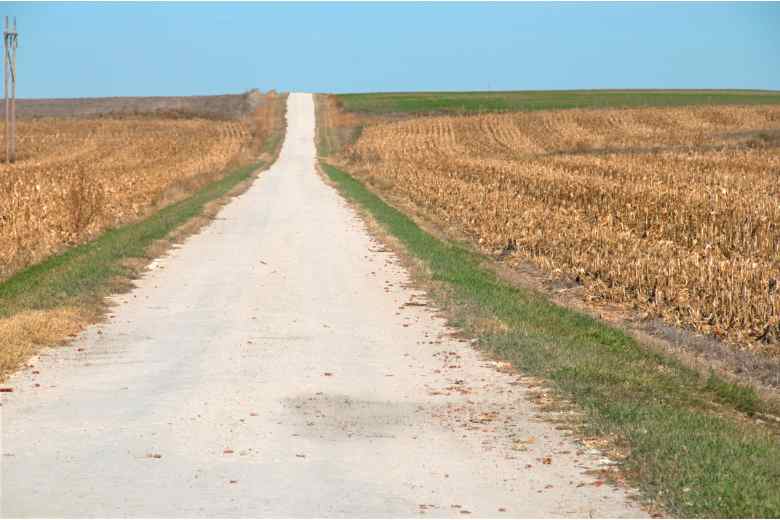
As one of the largest corn-producing states in the country, Kansas has thousands of acres of corn fields that are harvested each fall. But with different corn varieties and ever-changing weather conditions, just when does the corn harvest season occur in Kansas?
The timing of corn harvest in Kansas generally falls between mid-September through mid-October, though local factors can impact starting and ending dates. Two predominant corn crop types – dent corn and sweet corn – have slightly varying harvest windows. Meanwhile, weather patterns like temperature, rainfall and risk of frost play a role in determining harvest progression across regions.
However, there is a general window during which most corn is brought in from fields statewide. Here’s a closer look at corn harvest timing in Kansas.
Corn Varieties Grown in Kansas

There are two main types of corn grown by farmers in Kansas – dent corn and sweet corn. Dent corn makes up the vast majority of production and is used primarily for animal feed and ethanol production. Sweet corn, as the name suggests, is the sweeter variety grown for human consumption.
- Dent corn: Also called field corn, dent corn varieties have an indented/dented appearance at the top of the kernel when mature. They take around 110-120 days to mature from planting to harvest. Dent corn harvesting begins in mid-September and typically wraps up by late October or early November.
- Sweet corn: With a shorter 75-85 day growing season, sweet corn harvesting commences in mid-August. Most sweet corn is harvested by late September, though some later varieties may continue into early October.
Weather Factors to Consider
While dent and sweet corn each have their approximate harvesting windows, the precise timing can vary significantly from year to year depending on weather conditions during the growing season. wet springs may delay planting dates, while drought, excess heat or early frosts can cause corn to mature sooner or later than normal. In general:
- Warm, sunny weather in the summer months promotes rapid corn growth and early maturity. Yields may be higher in years with a long growing season.
- Rainfall is important for germination and throughout the growing season but too much or at the wrong times can stress corn plants. Excess rain can also complicate harvesting efforts.
- Cooler temperatures in late summer and fall can slow corn’s development, delaying harvest dates further into October or November than usual.
- Hard frosts that arrive before corn reaches maturity will damage the crop, meaning fields have to be harvested as soon as possible after frost events.
Peak Harvesting Period of Corn in Kansas
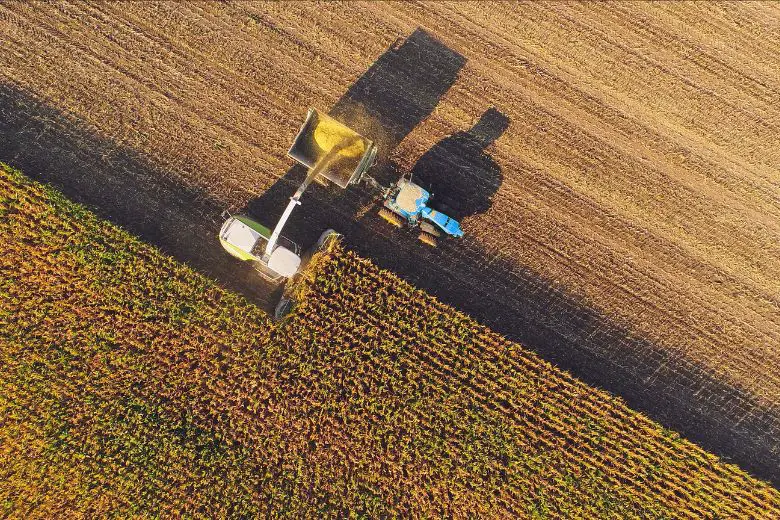
Taking all these factors into account, the peak period for corn harvesting across Kansas typically falls in September through mid-October. During these 6-8 weeks, fields statewide will be bustling with combines working from sunrise to sunset bringing in droves of corn.
# Late August/Early September: Harvesting begins in southern Kansas where corn may mature slightly earlier due to warmer climates.
# Mid/Late September: Fields throughout central Kansas are in full swing. Up to 25% of the state’s corn crop could already be in bins by this point.
# Early October: Northern Kansas farmers are hitting their fields hard as cooler nights slow plant development. 50-60% of crop may be harvested.
# Mid-October: Season winds down as remaining corn is brought in before hard frosts arrive. Over 90% of crops should now be safely stored for the season.
# Late October/November: Isolated late-season varieties or replanted fields may still be harvested. Frost-tolerant corn can withstand light freeze events.
Harvest Logistics and Crop Storage
With so much acreage devoted to corn, the fall harvest is an immense undertaking requiring serious logistical planning by Kansas growers. From equipment acquisition and maintenance to hiring seasonal labour, it’s an all-hands-on-deck effort.
Fields are harvested row by row with large self-propelled combines having 8-10 foot heads. Grain is cleaned, dried and temporarily stored in hoppers or trailers before being transferred to on-farm bins or grain elevators. Aeration and drying systems ensure corn is properly conditioned before long-term storage.
Elevators and co-ops play a major role in buying, selling, drying and shipping corn commodities. Rail and barge transport move tons of Kansas corn across North America and overseas each year. Ethanol, feed mills and export terminals are key domestic demand centres.
Challenges of Corn Harvesting in Kansas
Here are some of the key challenges corn farmers in Kansas may face during the harvest season:
- Weather Delays: Excess rain, snow or extreme heat can slow harvesting progress and potentially damage unharvested crops left standing in the field. Corn matures more slowly in cooler, wet years.
- Labour Shortages: Finding enough skilled operators and labourers to run equipment during the busy fall season can be difficult. Timely harvest is important but hiring delays impact progress.
- Equipment Breakdowns: Heavy use of machines in the field results in more maintenance needs and unplanned downtime if mechanical issues arise during critical windows.
- Transportation Bottlenecks: Limited grain trucking or rail capacity near peaks can cause overloaded on-farm storage and slow marketing after harvests. Bins fill up fast.
- Temporary Drying Needs: Wet autumns mean more corn requires artificial drying, outpacing on-farm facilities. Waiting in drying lines backs up the timely harvest.
- Storage Constraints: After years of plentiful harvests, on-farm storage structures may be taxed by volume, forcing early sales/trips to town.
- Accidents/Safety Issues: Long hours, poor visibility and equipment-related dangers pose risks, as does working around vehicles during busy roadside harvests.
- Wildlife Interference: Birds feeding on dropped kernels or earworms can reduce yields if scouting and treatment are delayed by slow harvest progress.
Efficient planning and scheduling help Kansas farmers work through challenges to successfully finish corn harvest each season. Timely harvests are important for crop quality and next year’s planting.
A Bountiful Harvest
With nearly ideal growing conditions across much of the state, Kansas consistently produces one of the highest corn yields nationwide.
In 2021, the estimated harvest totalled 565 million bushels according to the USDA – worth $3.4 billion in revenue for Kansan farmers.
Fieldwork crews will brave wind, rain and cold through October to bring that crop home safely to storage. When driving through rural areas during harvest season, the sights and smells of corn surely abound.
It’s a reminder of Kansas’ agricultural bounty and the power of good growing weather to yield such abundance from the land.
Conclusion
In summary, most corn grown for grain and silage in Kansas is harvested between mid-September through mid-October. Weather patterns from year to year can impact development timelines, while varieties and locations make some differences in start and end dates as well. With proper planning and execution by farmers though, the corn harvest is successfully wrapped up each fall.

